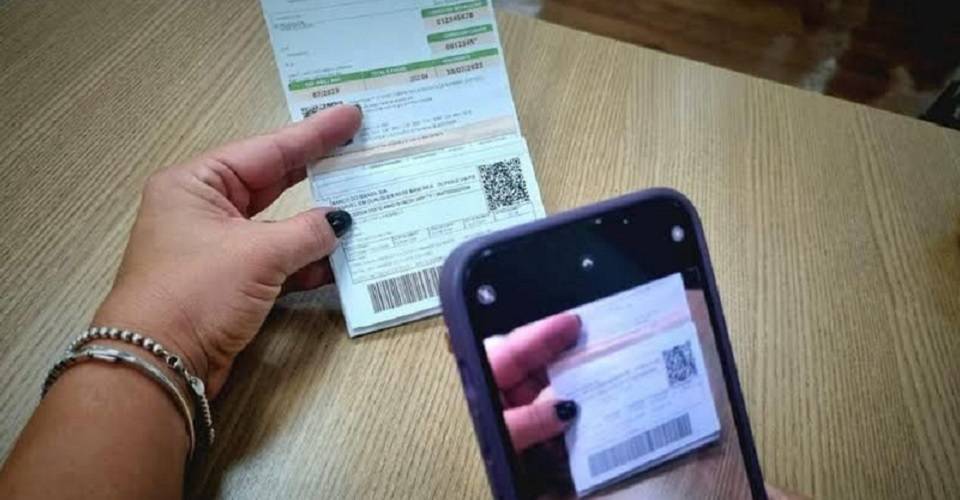Ever found yourself anxiously waiting at a bus stop, unsure if the bus is running late or if you’ve missed it entirely? Inegavelmente, this is a common frustration for many commuters. Public transportation, while often the most economical and environmentally friendly option, can sometimes feel unpredictable. But what if I told you there are tools and strategies to significantly reduce this uncertainty and transform your bus rides from stressful to seamless?
This guide is designed to equip you with the knowledge and resources to confidently navigate the world of bus timetables and real-time bus location tracking. Because understanding these systems is key to making the most of public transport. We’ll explore how to decipher timetables, identify the most reliable sources for bus location data, and leverage technology to optimize your commute. Let’s dive in!
Understanding Bus Timetables: Your First Line of Defense
A bus timetable is essentially a schedule outlining the planned arrival and departure times of buses at specific stops along a route. However, timetables can sometimes seem cryptic at first glance. Therefore, it’s crucial to understand the key elements.
Key Elements of a Bus Timetable
- Route Number and Name: Clearly identifies the bus route.
- Stop Names: Lists all the stops along the route, usually in sequential order.
- Time Points: Major stops along the route with scheduled arrival/departure times. These are the most reliable times to pay attention to.
- Frequency: Indicates how often the bus runs (e.g., every 15 minutes, hourly).
- Days of Operation: Specifies which days the bus runs (e.g., Monday-Friday, Saturday, Sunday/Holidays).
- Notes/Symbols: Explains any variations in the schedule (e.g., limited service on holidays, specific stops served only at certain times).
Decoding a Timetable: An Example
Let’s say you’re looking at a timetable for Route 10, which runs from the City Center to the University. The timetable might show the following:
| Stop | Monday-Friday | Saturday | Sunday |
|---|---|---|---|
| City Center | 7:00 AM, 7:30 AM, 8:00 AM… | 8:00 AM, 8:45 AM, 9:30 AM… | 9:00 AM, 10:00 AM, 11:00 AM… |
| Main Street | 7:05 AM, 7:35 AM, 8:05 AM… | 8:05 AM, 8:50 AM, 9:35 AM… | 9:05 AM, 10:05 AM, 11:05 AM… |
| University | 7:20 AM, 7:50 AM, 8:20 AM… | 8:20 AM, 9:05 AM, 9:50 AM… | 9:20 AM, 10:20 AM, 11:20 AM… |
This tells you that on weekdays, the first bus leaves the City Center at 7:00 AM, arriving at the University around 7:20 AM. The bus runs more frequently on weekdays than on weekends. Therefore, planning your trip accordingly is essential.
Tips for Using Timetables Effectively
- Always check the date: Ensure the timetable is current, as schedules can change.
- Identify time points: Focus on the time points closest to your starting and ending locations.
- Account for potential delays: Timetables are estimates, so factor in extra time, especially during peak hours or inclement weather.
- Look for notes: Pay attention to any notes or symbols that might indicate schedule variations.
Real-Time Bus Location Tracking: A Game-Changer for Commuters
While timetables provide a general framework, real-time bus location tracking offers a much more dynamic and accurate picture of where your bus actually is. This technology uses GPS to pinpoint the location of buses and provides updates in real-time. As a result, this can dramatically reduce wait times and improve the overall commuting experience.
How Real-Time Tracking Works
Real-time tracking systems typically involve the following components:
- GPS Device on the Bus: A GPS device on each bus transmits its location data to a central server.
- Central Server: The server processes the location data and calculates estimated arrival times.
- User Interface: This could be a website, mobile app, or digital display at the bus stop that shows the bus’s current location and estimated arrival time.
Benefits of Real-Time Tracking
- Reduced Wait Times: Know exactly when your bus will arrive, so you don’t have to wait unnecessarily.
- Improved Planning: Adjust your plans based on real-time information, such as delays or detours.
- Less Stress: Reduce anxiety and uncertainty about your commute.
- Increased Efficiency: Optimize your travel time by knowing the most accurate arrival information.
Finding Real-Time Bus Location Information
The availability and accuracy of real-time bus location information vary depending on the city and transportation authority. However, here are some common sources:
- Official Transit Authority Website: Most transit authorities have websites or apps that provide real-time tracking.
- Third-Party Apps: Apps like Google Maps, Citymapper, and Transit can often provide real-time bus location data.
- Digital Displays at Bus Stops: Some bus stops are equipped with digital displays that show real-time arrival information.
- SMS/Text Message Alerts: Some systems allow you to sign up for text message alerts about bus arrival times.
Example: Using Google Maps for Real-Time Tracking
Google Maps is a convenient tool for tracking buses in many cities. To use it:
- Open Google Maps.
- Enter your destination.
- Choose the public transportation option (bus icon).
- Select your preferred route.
- Google Maps will show you the estimated arrival time of the bus, as well as its current location on the map.
Tips for Optimizing Your Bus Commute
Now that you understand timetables and real-time tracking, here are some additional tips to make your bus commute even smoother:
- Plan Ahead: Check the timetable and real-time tracking information before you leave.
- Arrive Early: Give yourself a few extra minutes to account for potential delays.
- Use a Transit App: Download a transit app that provides real-time tracking and route planning.
- Sign Up for Alerts: If available, sign up for text message or email alerts about bus arrival times and service disruptions.
- Be Aware of Your Surroundings: Pay attention to traffic conditions and any potential delays.
- Have Your Fare Ready: This will speed up the boarding process.
- Be Considerate of Others: Offer your seat to elderly or disabled passengers.
Troubleshooting Common Issues
Even with the best planning, things can sometimes go wrong. Here are some common issues and how to address them:
- Bus is Not Showing Up: Check the real-time tracking information to see if the bus is delayed or rerouted. Contact the transit authority if you’re unsure.
- Timetable is Inaccurate: Timetables are estimates, so expect some variation. Real-time tracking is usually more accurate.
- App is Not Working: Ensure your app is up-to-date and that you have a stable internet connection.
- Bus Stop is Crowded: Arrive early or consider taking an earlier bus to avoid overcrowding.
By mastering bus timetables and leveraging real-time location tracking, you can transform your daily commute into a more predictable and enjoyable experience. Because knowledge is power, and in this case, knowledge empowers you to navigate public transportation with confidence and ease. So, embrace these tools and enjoy the ride!
Ready to take control of your commute? Download a transit app today and start tracking your bus in real-time!





